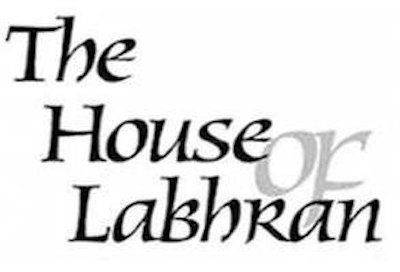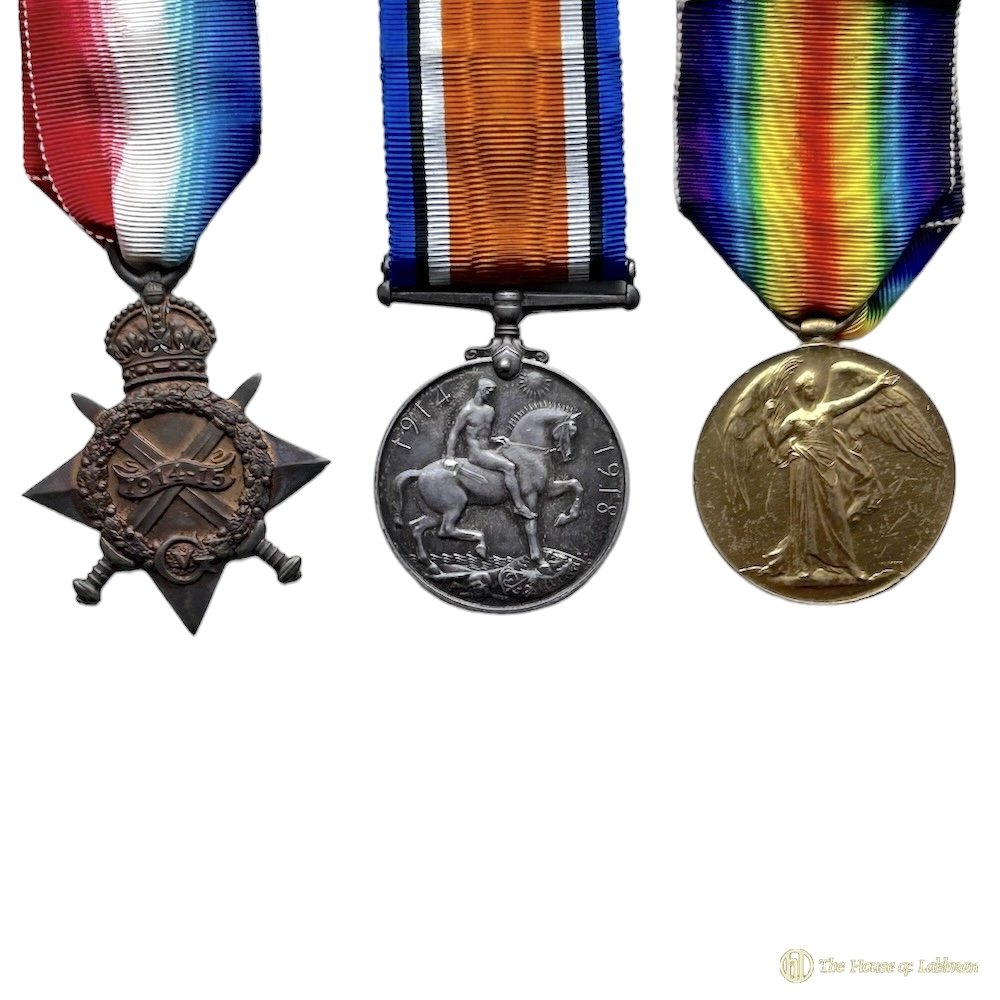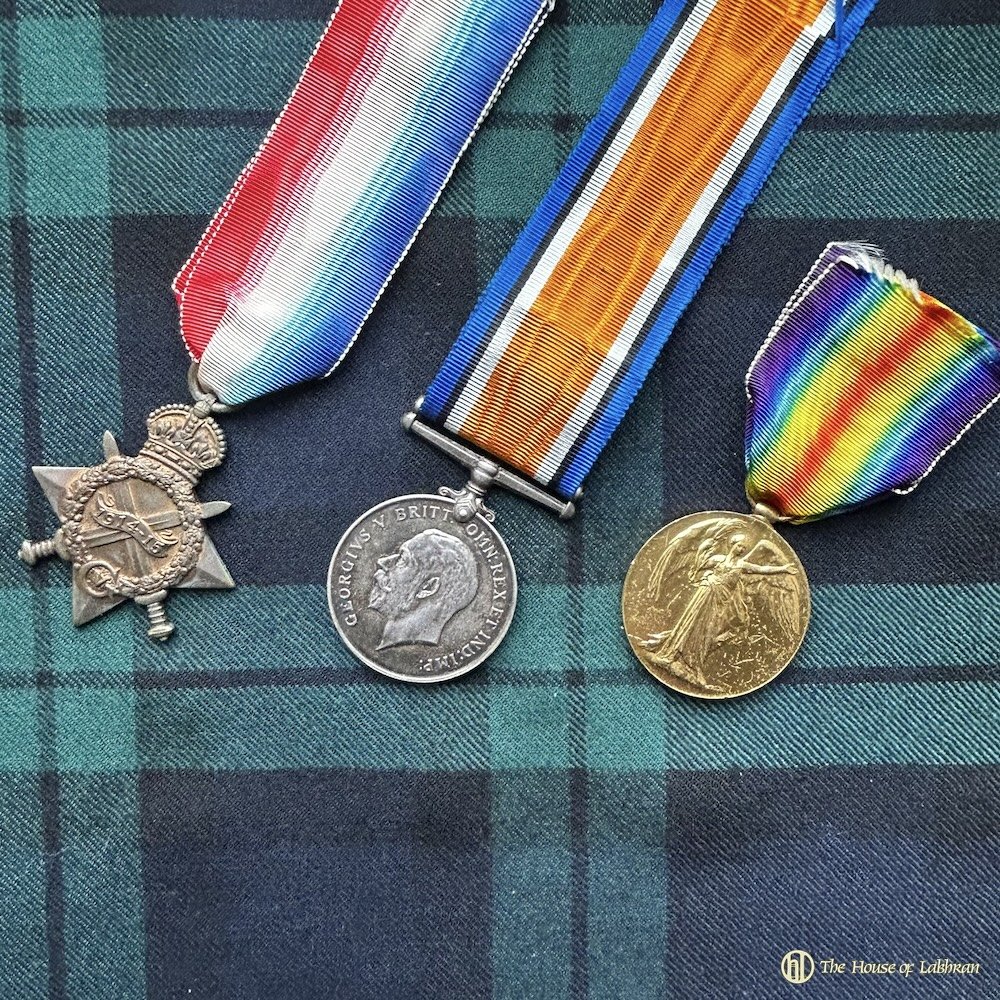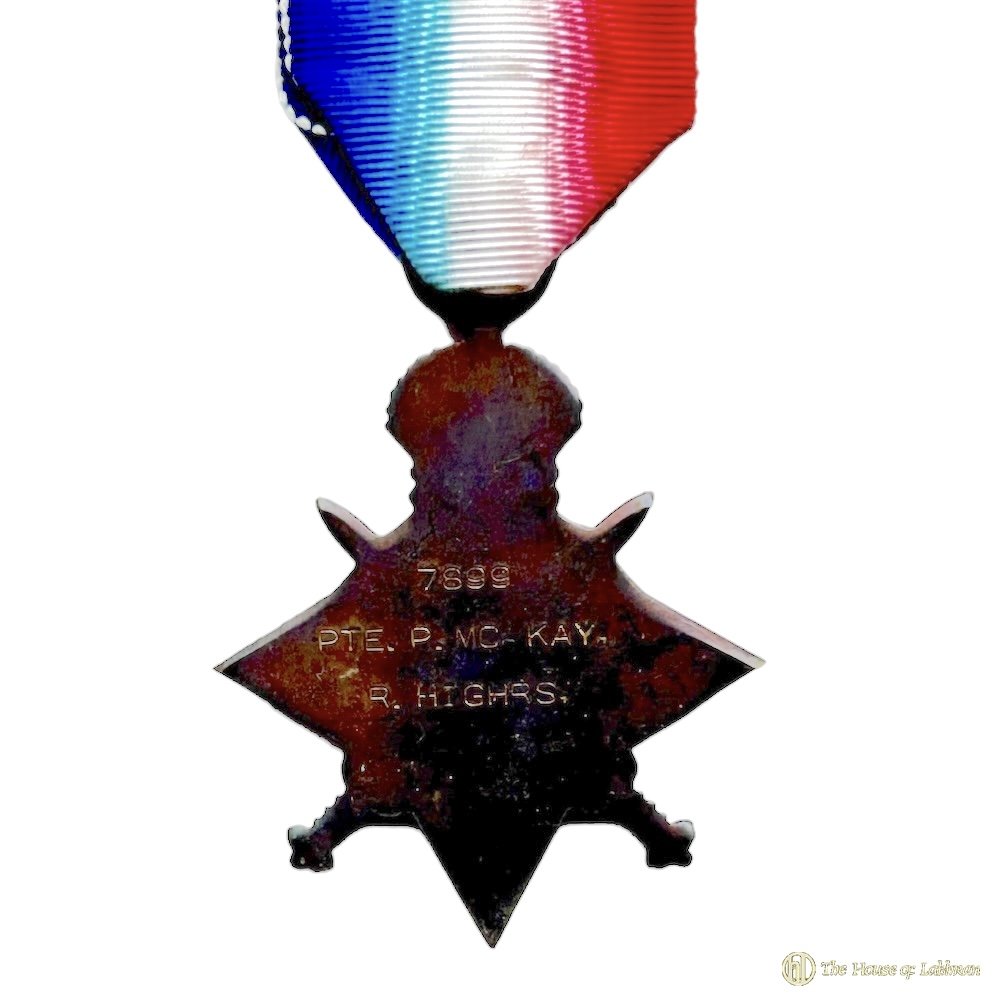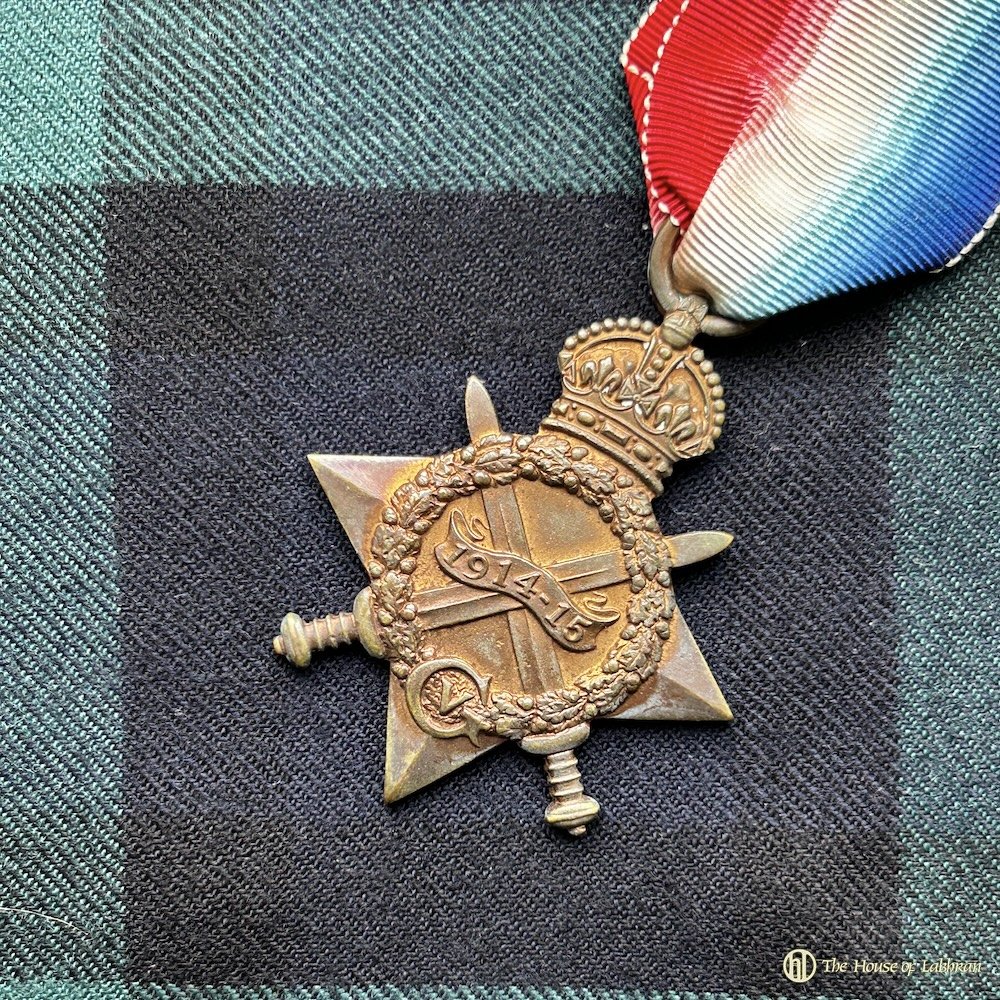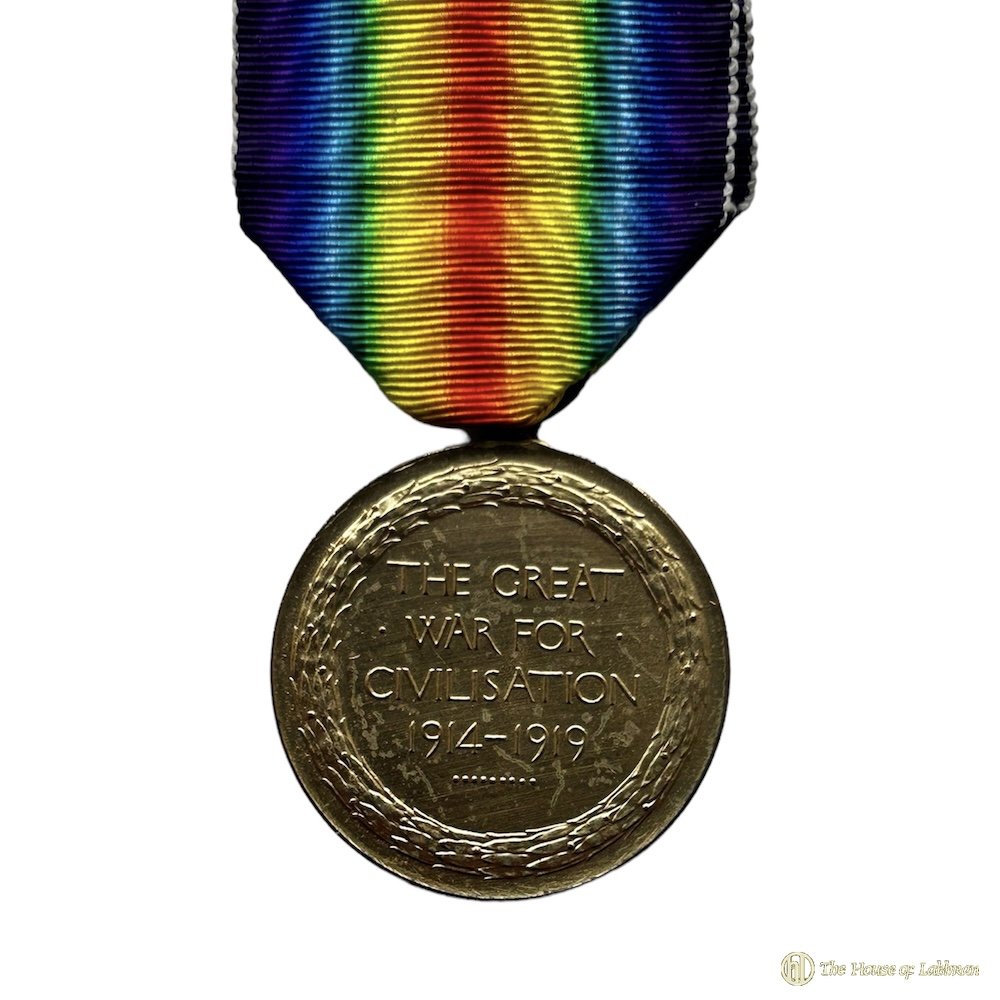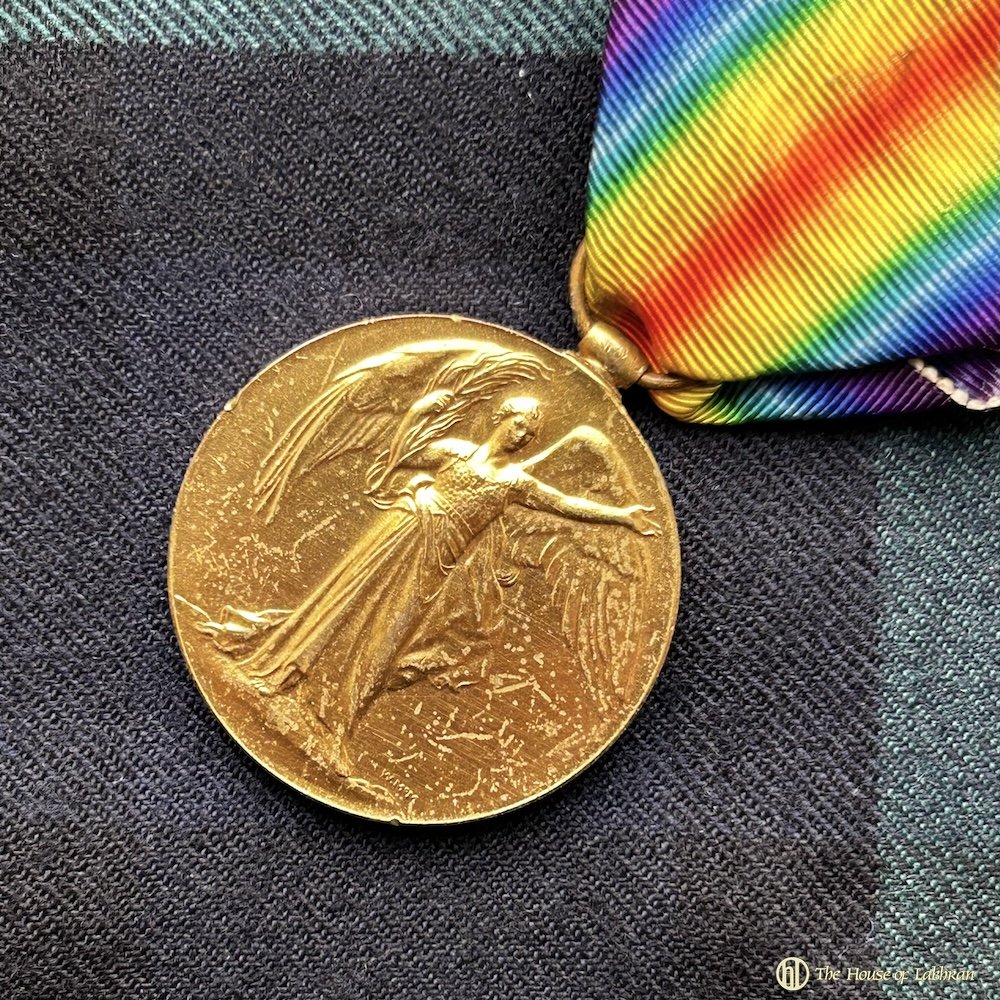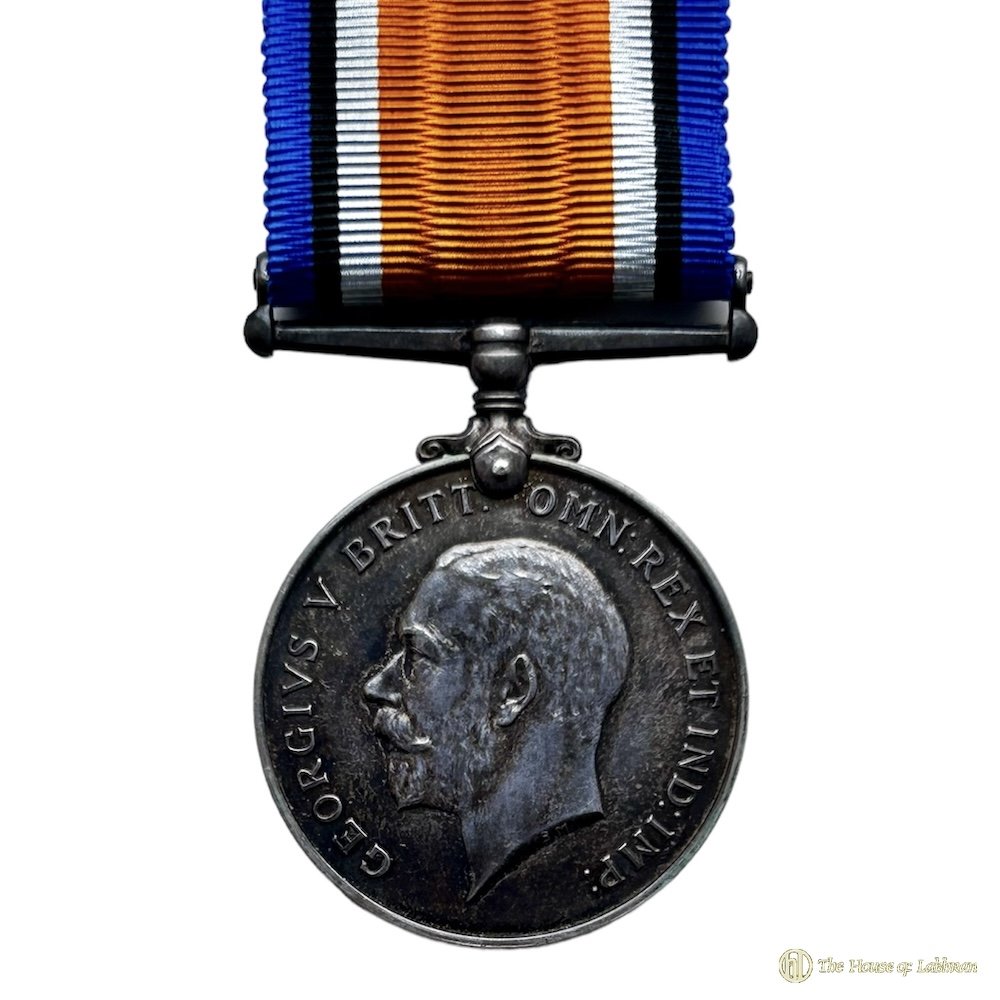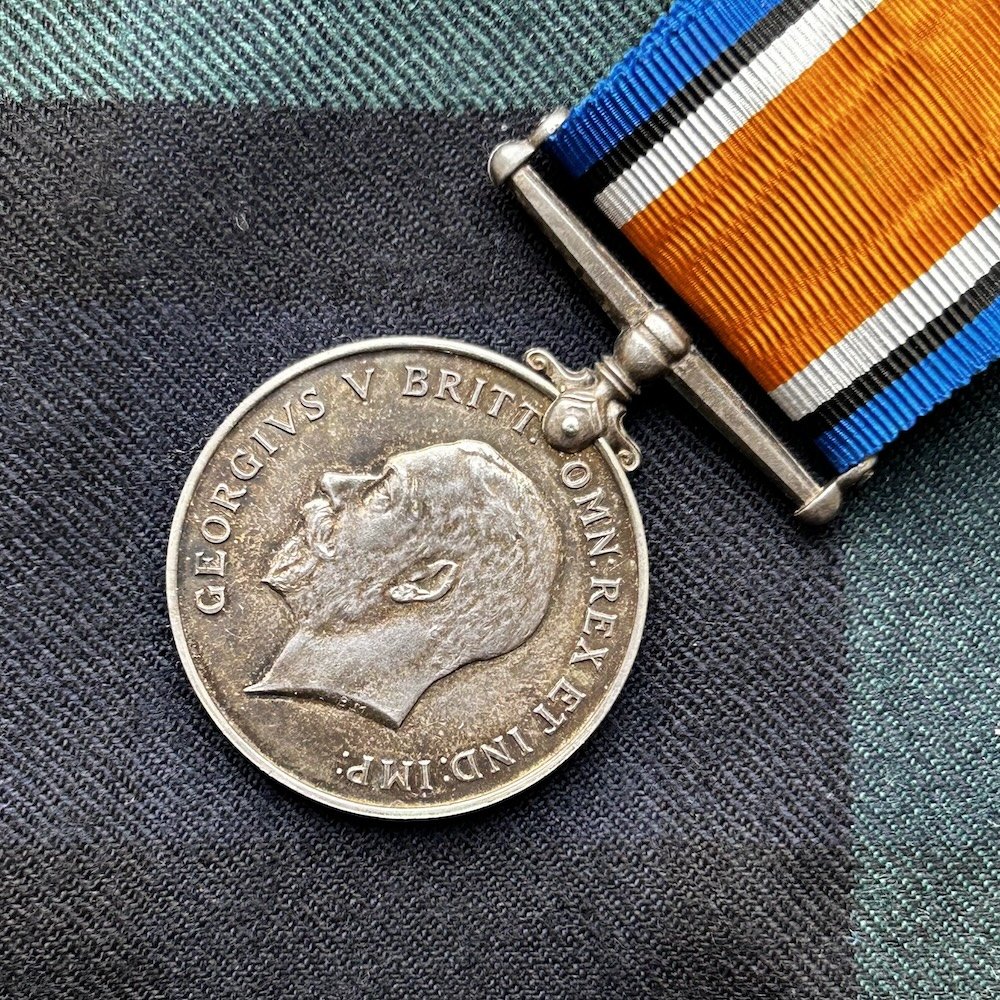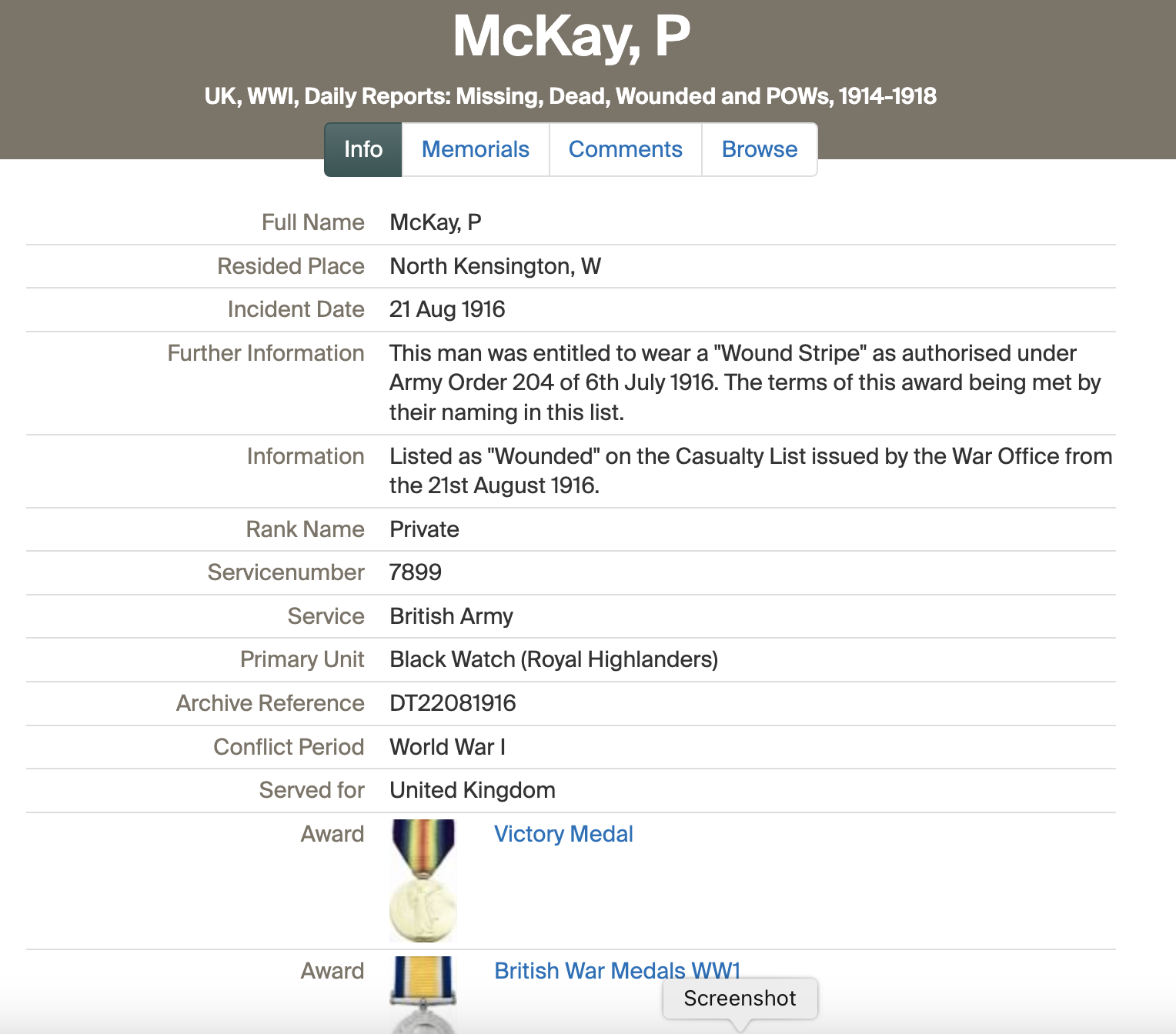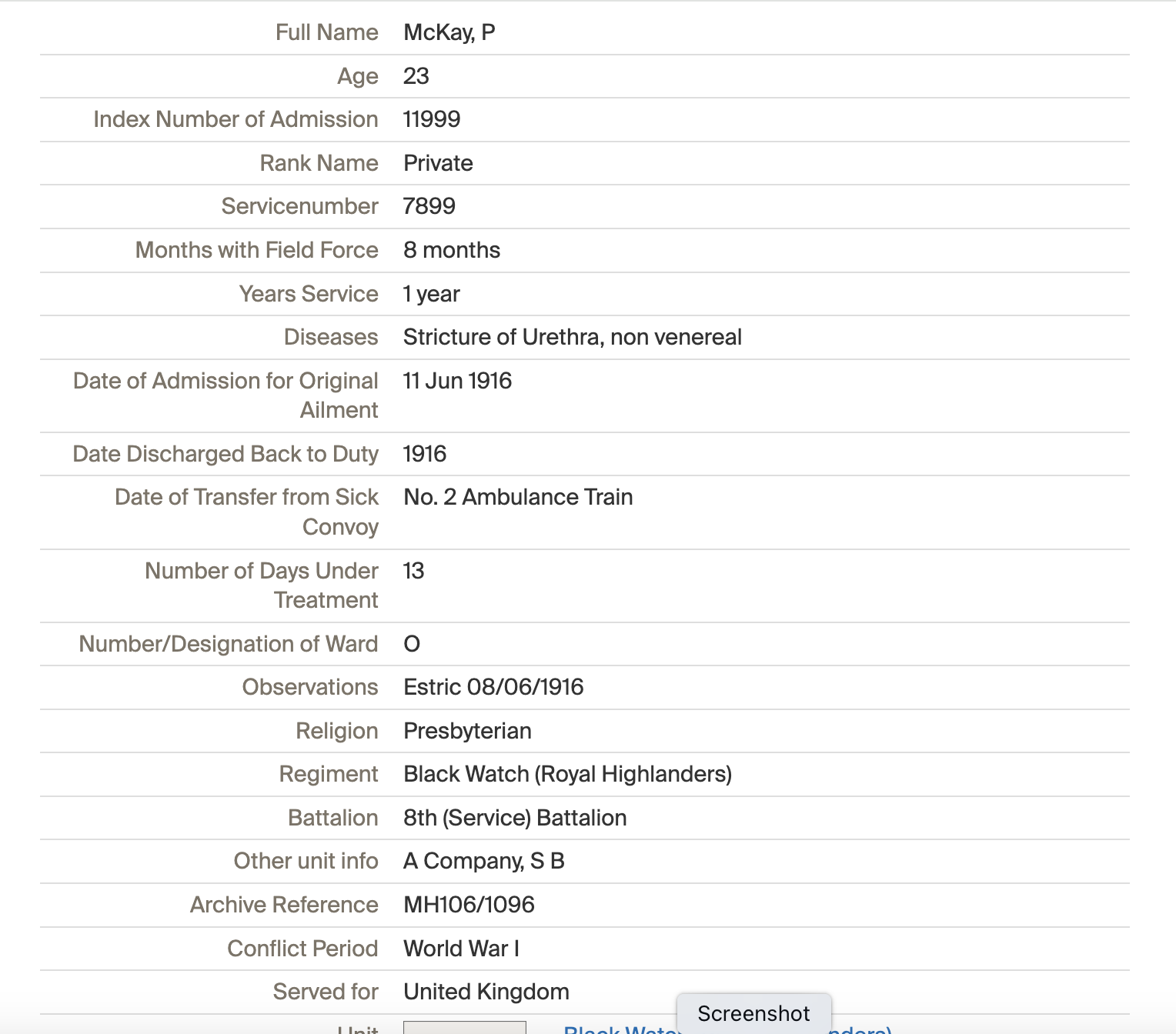WW1 Black Watch ( Royal Highlanders ) OR's Medal Group - Issued to Private Percy McKay
WW1 Black Watch ( Royal Highlanders ) OR's Medal Group - Issued to Private Percy McKay
Private Percy McKay - Service Number 7899 - Black Watch Royal Highlanders 8th Service Battalion A Company. Engraved with name, rank, number and regiment.
Wounded 6th July 1916 - Age given 23 after 8 months in the field force. Diseases listed as ‘stricture of the urethra ( non venereal )
Transferred on No2 Ambulance train
Listed on casualty list 21 August 1916 - Address detailed as North Kensignton, London - Days under treatment 13. - Given permission to wear a wound stripe
1914-15 Star
The 1914/15 Star was a campaign medal of the British Empire, for service in World War one.
This Star is identical with the 1914 Star in every respect except that the centre scroll bears the dates “1914- 15” and the two small scrolls bearing “Aug” and “Nov” are omitted.
The 1914/15 Star was approved in 1918, for issue to officers and men of British Imperial Forces who saw service in any theatre of war against the Central Powers between 5th August, 1914, and 31st December, 1915, except those eligible of the 1914 Star.
British War Medal
The British WW1 War Medal was a campaign medal of the British Empire, for service in World War One. It commemorates some of the most terrible battles the world has ever known. The casualties in the Ypres Salent and on the Somme for 1915 to 1918 were more than our total for the Second World War
The medal was approved in 1919, for issue to officers and men of British and Imperial forces who had rendered service between 5th August 1914 and 11th November 1918.
Victory Medal
The Victory Medal (also called the Inter Allied Victory Medal) is a bronze medal that was awarded to all who received the 1914 Star or 1914-15 Star and, with certain exceptions, to those who received the British War Medal. It was never awarded alone. These three medals were sometimes irreverently referred to as Pip, Squeak and Wilfred.
The Black Watch Regiment
In the aftermath of the First Jacobite Rebellion of 1715, Independent Companies of militia were raised from loyalist Highland clans for policing and peacekeeping duties. These companies were commonly known in Gaelic as ‘Am Freiceadan Dubh’, or ‘The Black Watch’, due to their unpopular nature and their dark green government-issue tartan.
The regiment impressed the Duke of Cumberland with its Highland style of fighting at Fontenoy in 1745 and later that year it was sent back to guard southern England against invasion, with one company being sent north to fight the Jacobites at Culloden. In 1747 it was given a numerical ranking as the 43rd Foot, rising to the 42nd two years later when the previous 42nd was disbanded.
The 42nd (Royal Highland) Regiment fought in the French and Indian Wars in North America before defeating George Washington at the Battle of Long Island in 1776 during the American War of Independence (1775-83). It served in both Egypt and Spain during the Napoleonic Wars and was mentioned in despatches for its service at Quatre Bras and Waterloo (1815).
The 19th century saw it fighting in the Crimea (1854-56) and the Indian Mutiny (1857-59), whilst in 1881 the 73rd (Perthshire) Regiment was merged into it. From then on it was officially known as The Black Watch and was the county regiment of Fifeshire, Forfarshire and Perthshire. The regiment was created as part of the Childers Reforms in 1881, when the 42nd Regiment of Foot was amalgamated with the 73rd Regiment of Foot. The regiment then fought in Egypt (1882) and in the Boer War (1899-1902).
Today the Black Watch, 3rd Battalion, Royal Regiment of Scotland is an infantry battalion of the Royal Regiment of Scotland.
